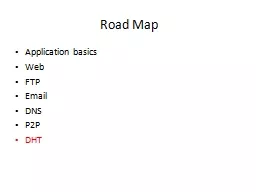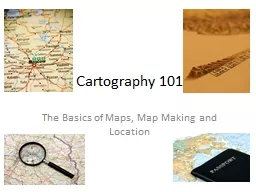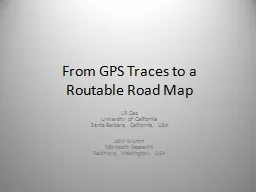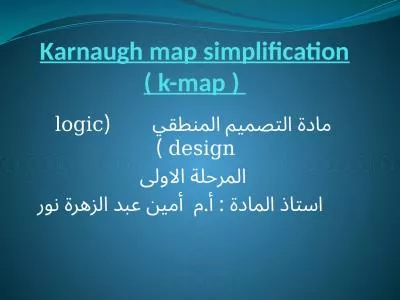PPT-Road Map Application basics
Author : tatyana-admore | Published Date : 2018-11-02
Web FTP Email DNS P2P DHT Distributed Hash Table DHT DHT distributed P2P database Distributed why Each node knows little information Low computationalmemory overhead
Presentation Embed Code
Download Presentation
Download Presentation The PPT/PDF document "Road Map Application basics" is the property of its rightful owner. Permission is granted to download and print the materials on this website for personal, non-commercial use only, and to display it on your personal computer provided you do not modify the materials and that you retain all copyright notices contained in the materials. By downloading content from our website, you accept the terms of this agreement.
Road Map Application basics: Transcript
Download Rules Of Document
"Road Map Application basics"The content belongs to its owner. You may download and print it for personal use, without modification, and keep all copyright notices. By downloading, you agree to these terms.
Related Documents














